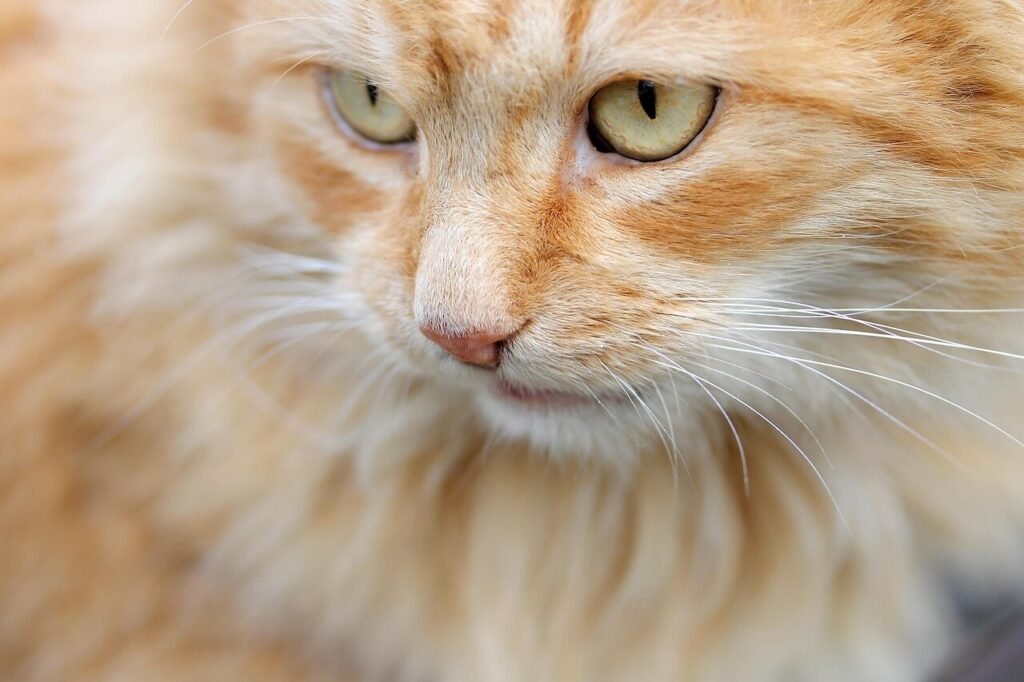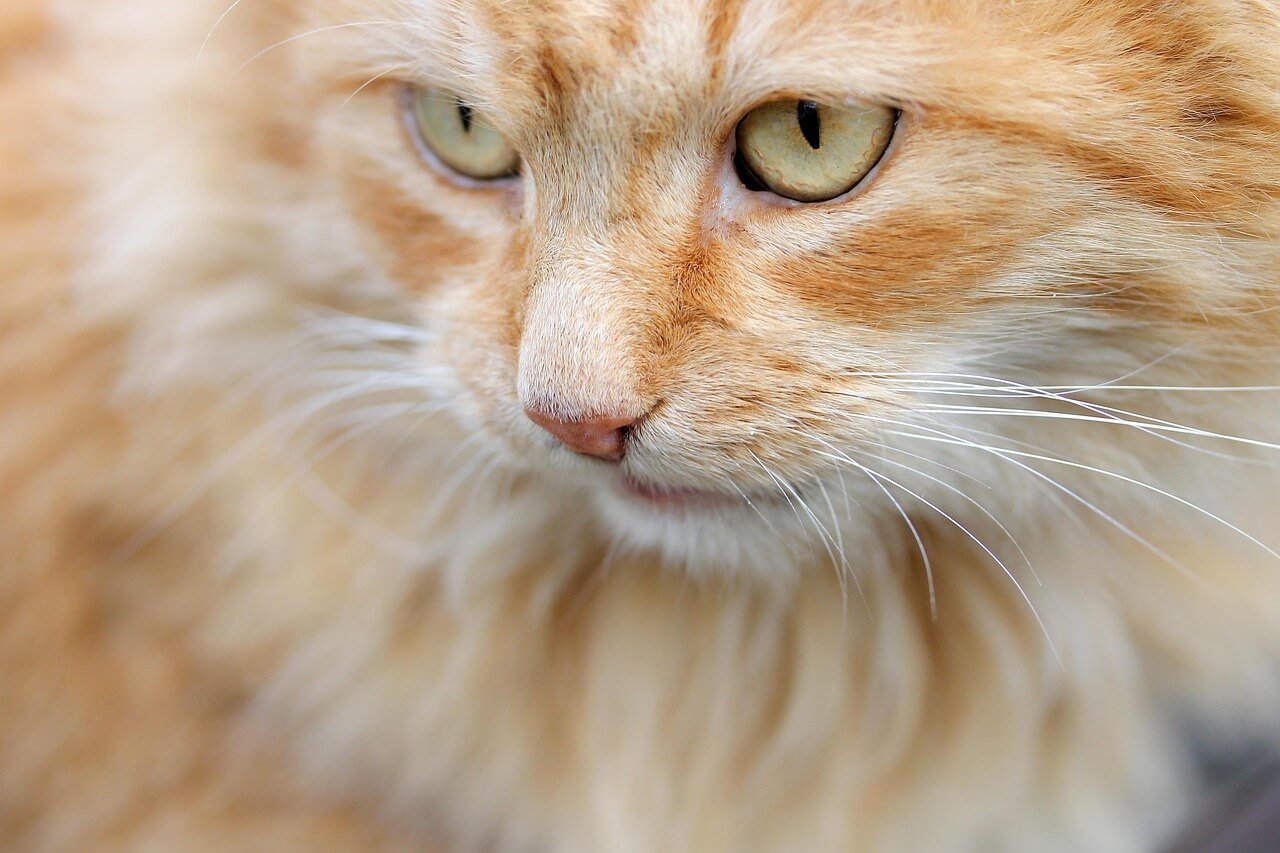Are Cat Tails Sensitive? Understanding Your Feline’s Tail Language and Care
A cat’s tail is more than just a fluffy appendage—it’s a vital part of their communication, balance, and overall well-being. But are cat tails sensitive? The answer is a resounding yes. A cat’s tail contains numerous nerves, muscles, and sensory receptors that make it highly responsive to touch, movement, and even emotional states. While tails play a crucial role in expressing emotions like happiness, fear, or irritation, they can also be vulnerable to injury or discomfort if mishandled.
This blog post explores the sensitivity of cat tails, how to care for them, and what their movements mean in your cat’s unique language. By understanding this fascinating aspect of feline anatomy, you can deepen your bond with your furry friend while ensuring their comfort and health.
Why Are Cat Tails So Sensitive?
The sensitivity of a cat’s tail stems from its intricate structure and function. From nerve endings to muscle control, every part of the tail plays a role in a cat’s daily life. Here’s why this area is so delicate and important.
Rich Nerve Supply:
A cat’s tail is packed with nerve endings that make it highly responsive to touch and environmental changes.Muscle Control:
Cats use over 20 muscles to move their tails with precision, aiding in balance and agility during jumps and climbs.Communication Tool:
The tail acts as a primary means of non-verbal communication, conveying emotions through subtle flicks, swishes, and curls.Vulnerability to Injury:
Due to its flexibility and exposure, the tail is prone to injuries like fractures, sprains, or nerve damage from rough handling.Indicator of Health Issues:
Changes in tail movement or posture can signal underlying health problems, such as arthritis, spinal issues, or neurological disorders.
Understanding these factors highlights why cat tails require careful attention and respect in interactions with your pet.
Signs That Your Cat’s Tail Is Uncomfortable or Injured
It’s important to recognize when your cat’s tail might be causing them distress or pain. These signs can help you identify potential issues early and seek veterinary care if needed.
Excessive Licking or Chewing:
If your cat obsessively licks or chews their tail, it could indicate irritation, allergies, or an injury.Swelling or Visible Wounds:
Swollen areas, cuts, or abrasions on the tail may suggest trauma or infection requiring prompt treatment.Limp or Dragging Tail:
A tail that hangs limply or drags on the ground is often a sign of nerve damage or a fracture.Unusual Tail Movements:
Rapid twitching, jerking, or lack of movement in the tail can point to pain or neurological problems.Behavioral Changes:
Increased aggression, hiding, or reluctance to engage in activities might signal discomfort related to the tail.
By staying observant, you can address tail-related issues promptly and ensure your cat remains healthy and happy.
Check this guide 👉Cat Tail Signs: Best 7 Expert Tips!
Check this guide 👉Cat Burnt Tail on Candle: Best 7 Expert Tips!
Check this guide 👉Understanding Why Cats Swish Their Tails: Best 7 Expert Tips

Signs of a Healthy Tail | Indicators of Tail Problems |
|---|---|
Smooth, steady movements | Excessive twitching or jerking |
No visible swelling or wounds | Swollen areas or open sores |
Normal grooming habits | Obsessive licking or chewing |
Upright or relaxed posture | Limp or dragging tail |
Consistent emotional communication | Behavioral changes linked to tail pain |
How to Handle a Cat’s Tail Safely
Knowing how to interact with your cat’s tail can prevent discomfort or accidental harm. Follow these guidelines to ensure safe and respectful handling.
Avoid Pulling or Grabbing:
Never pull or grab your cat’s tail, as this can cause pain or serious injury to the spine and nerves.Be Gentle During Petting:
Lightly stroke the base of the tail if your cat enjoys it, but avoid applying pressure or squeezing.Observe Body Language:
Watch your cat’s reactions closely—if they seem uncomfortable, stop interacting with their tail immediately.Support the Tail While Holding Your Cat:
When picking up your cat, gently support their hindquarters and tail to avoid strain or imbalance.Teach Children Proper Handling:
Educate children about the sensitivity of a cat’s tail to prevent rough play or accidental harm.
By respecting your cat’s boundaries and using gentle techniques, you can foster trust and keep their tail healthy.
Common Tail Injuries and How to Prevent Them
Cats are naturally active and curious creatures, which sometimes puts their tails at risk of injury. Understanding common tail injuries and prevention strategies can help protect your pet.
Fractures from Accidents:
Falls, doors closing, or heavy objects can break a cat’s tail bones. Supervise playtime and secure hazardous areas.Nerve Damage from Pulling:
Yanking or stepping on a cat’s tail can damage nerves, leading to temporary or permanent mobility issues. Always handle tails carefully.Bites or Scratches from Other Animals:
Outdoor cats may sustain tail injuries during fights with other animals. Keep your cat indoors or supervise outdoor time.Burns from Heat Sources:
Cats may accidentally burn their tails near stoves, fireplaces, or heaters. Create safe zones away from hot surfaces.Hairballs or Mats Causing Irritation:
Neglected fur on the tail can form mats, leading to skin irritation. Regular grooming prevents this issue.
Preventative measures and attentive care go a long way in keeping your cat’s tail safe from harm.
Fun Facts About Cat Tails
Cats’ tails are not just functional—they’re also full of fascinating quirks and abilities. Here are some fun facts about this remarkable appendage.
Tails Help with Balance:
Cats use their tails as counterweights to maintain balance while walking on narrow surfaces or leaping.Unique Patterns:
Each cat’s tail has a unique pattern of stripes, spots, or colors, making it as individual as a fingerprint.Emotional Barometer:
A puffed-up tail signals fear or aggression, while a relaxed tail indicates contentment and confidence.Tailless Breeds Exist:
Certain breeds, like the Manx or Japanese Bobtail, are naturally born without tails or with very short ones.Tail Communication Across Species:
Even humans can learn to interpret a cat’s tail movements, bridging the gap between species in a shared language.
These facts showcase the incredible versatility and charm of a cat’s tail.
Tips for Grooming Your Cat’s Tail
Grooming your cat’s tail requires special care due to its sensitivity. Follow these tips to keep it clean, tangle-free, and healthy.
Use Soft Brushes:
Opt for soft-bristled brushes or grooming gloves to avoid irritating the skin beneath the fur.Check for Mats Regularly:
Inspect the base of the tail where mats commonly form, especially in long-haired breeds.Be Mindful of Pressure:
Apply gentle pressure while brushing to avoid pulling on the tail or causing discomfort.Clean Delicate Areas:
Use a damp cloth to wipe away dirt or debris around the base of the tail, where oils accumulate.Reward Good Behavior:
Offer treats or praise after grooming sessions to create positive associations for your cat.
Proper grooming ensures your cat’s tail stays clean and free of irritants.
How to Comfort a Cat with Tail Pain
If your cat is experiencing tail pain, there are ways to comfort them while addressing the underlying issue. These steps can help ease their discomfort until professional care is available.
Create a Quiet Space:
Provide a calm, secluded area where your cat can rest without disturbances.Limit Physical Contact:
Avoid touching the tail or surrounding areas unless absolutely necessary to prevent further irritation.Apply Warm Compresses (if safe):
For minor injuries, a warm compress can reduce swelling—but consult a vet before trying this.Monitor Eating and Drinking Habits:
Stress or pain may affect appetite; encourage hydration and offer appealing food options.Seek Veterinary Attention Quickly:
Persistent pain or visible injuries require immediate evaluation by a veterinarian.
Taking these steps ensures your cat feels supported and cared for during recovery.
Frequently Asked Questions About Cat Tails
Can I pet my cat’s tail?
Yes, but only if your cat enjoys it. Some cats dislike having their tails touched, so always observe their reaction first.
What does it mean when my cat wags their tail?
Unlike dogs, wagging in cats often indicates agitation or excitement rather than happiness.
How do I know if my cat’s tail is injured?
Look for signs like limping, swelling, or behavioral changes, and consult a vet if you suspect an issue.
Is it normal for my cat to chase their tail?
Occasional tail-chasing is usually playful behavior, but excessive chasing could indicate irritation or parasites.
Should I trim the fur on my cat’s tail?
Trimming isn’t necessary unless the fur becomes matted or overly long, which can lead to tangling or hygiene issues.
Respecting and Caring for Your Cat’s Tail
A cat’s tail is a remarkable and sensitive part of their body, serving multiple functions from communication to balance. By learning to read their tail language, handle it gently, and recognize signs of discomfort, you can provide the best possible care for your feline companion. Remember, a happy and healthy tail contributes to your cat’s overall well-being and strengthens the bond between you. With patience and attentiveness, you’ll ensure that your cat’s tail remains a source of expression, joy, and vitality throughout their life.
Understanding Cryptosporidium in Cats: Best 7 Expert Tips! – Spot symptoms, treat safely, and stop parasite spread in your home.
Understanding Cryptosporidium in Dogs: Best 7 Expert Tips! – Learn symptoms, treatment & prevention for this stubborn gut parasite.
Understanding Syringomyelia in Cats: Best 7 Expert Tips! – Recognize signs, manage pain, and support your cat’s neurological health with vet-backed guidance.
Understanding Syringomyelia in Dogs: Best 7 Expert Tips! – Expert insights on symptoms, MRI diagnosis, pain management & quality of life.





